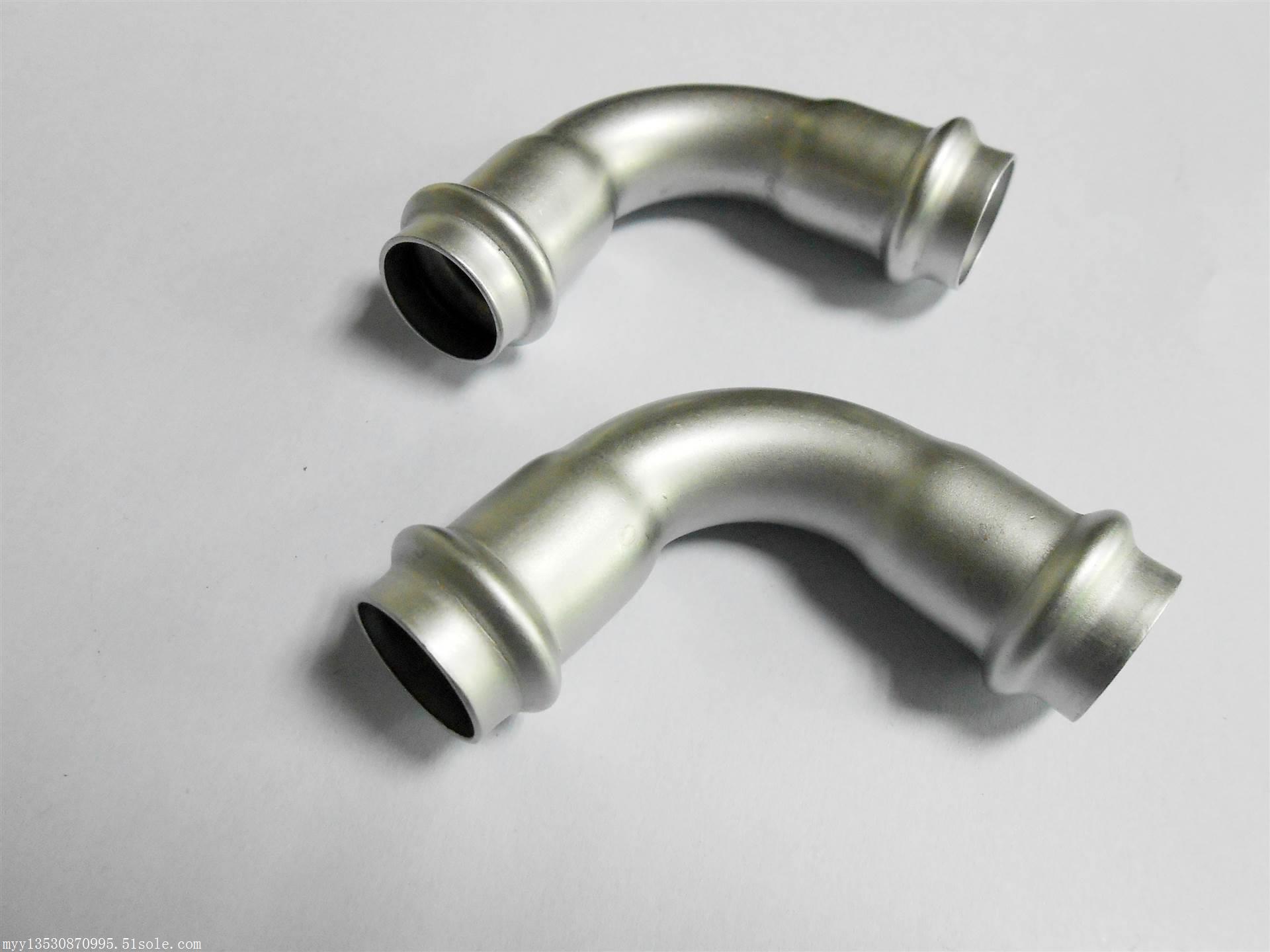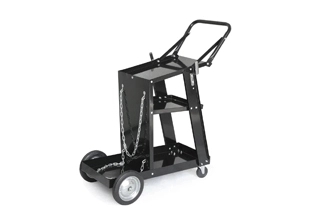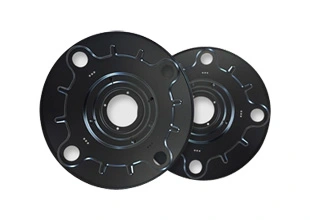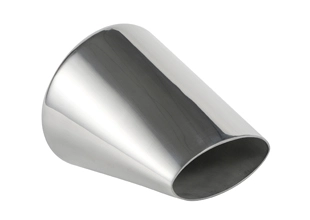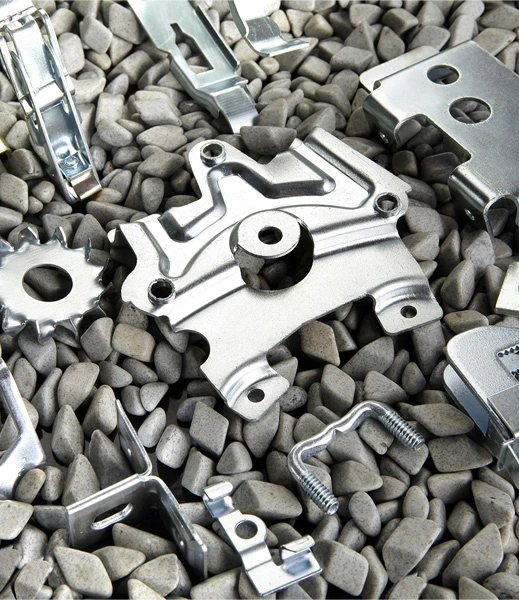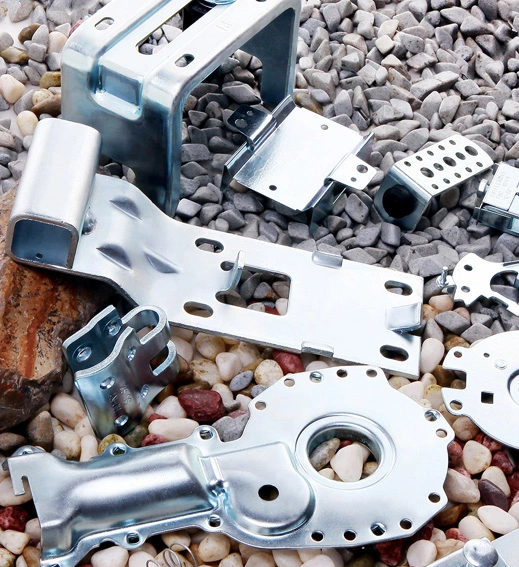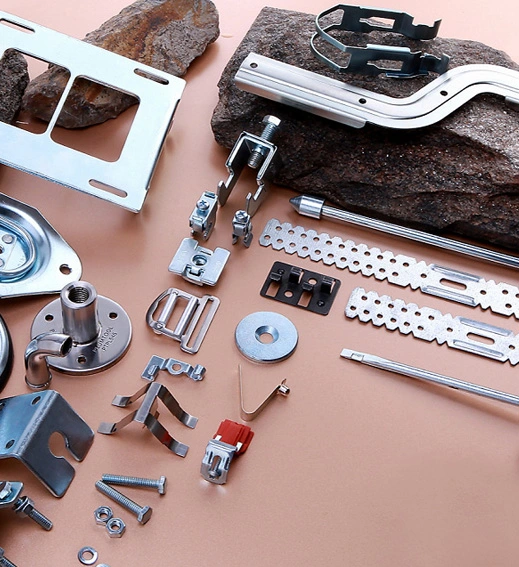
Metal surface passivation treatment from Yixing Technology is a common method of metal surface treatment, which aims to change the chemical properties of the metal surface to form a protective layer with good corrosion resistance and wear resistance, thereby improving the corrosion resistance and service life of metal materials. Yixing Technology will introduce the principles, common methods, and application fields of metal passivation services.
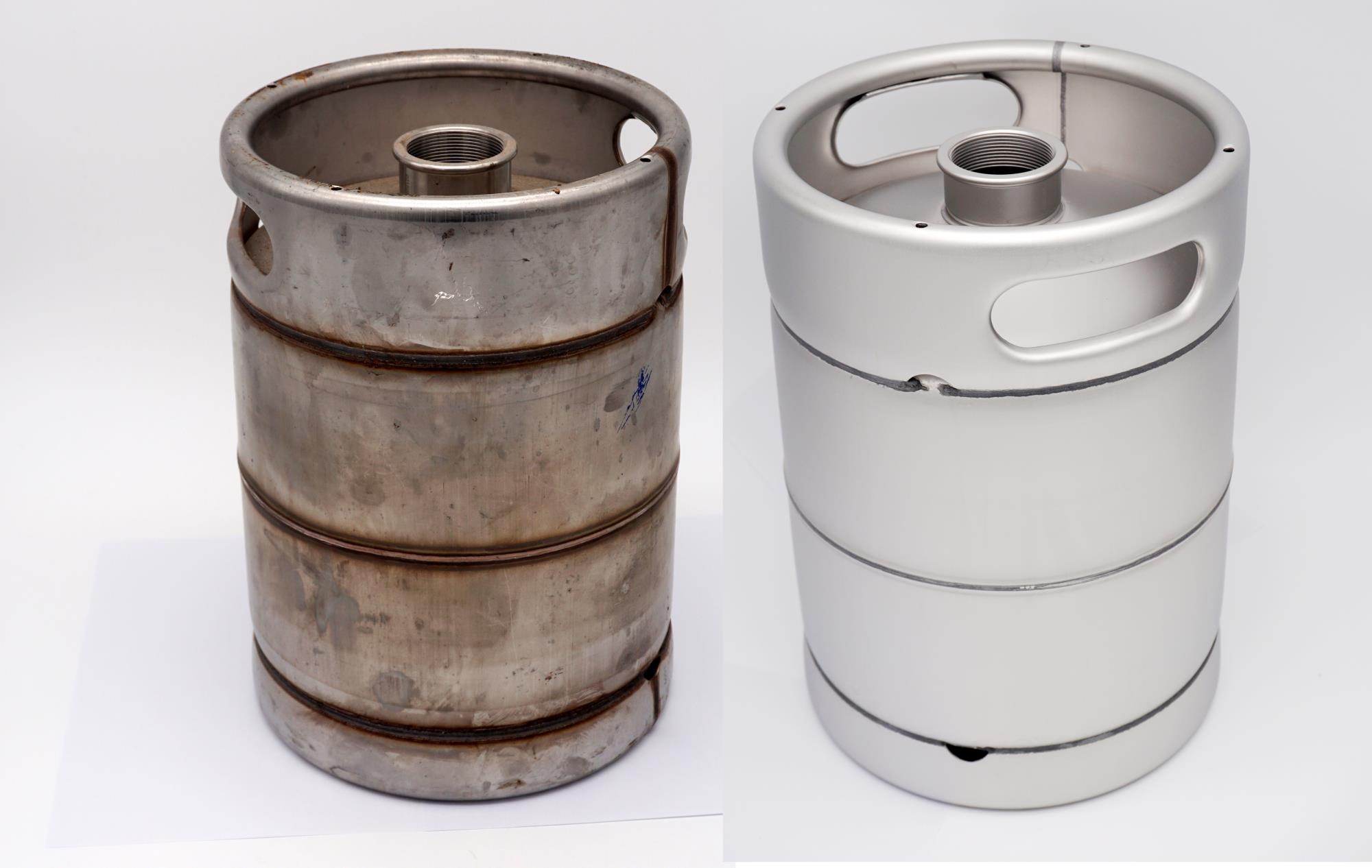
Metal materials are prone to oxidation reactions in the atmosphere, producing metal oxides, which can lead to metal corrosion. And metal passivation process forms a dense oxide film on the sheet metal surface treatment, blocking the contact between the metal and the external medium, thereby playing a protective role for the metal. This type of oxide film can reduce the activity of the metal surface, making it less prone to oxidation reactions under certain conditions, thereby improving the corrosion resistance of the metal.
1) Acid pickling metal passivation services: This is one of the most common metal passivation services methods. By immersing metal materials in a dilute acid solution, the metal surface reacts with acid to form a dense oxide film. Common acids include nitric acid, phosphoric acid, and sulfuric acid. The acid pickling and metal passivation services method is suitable for surface treatment of metal materials such as iron, copper, and aluminum.
2) Electrochemical metal passivation services: This method utilizes the principle of electrochemistry to apply an external current to the metal surface, causing an oxidation-reduction reaction to occur on the metal surface, generating a dense oxide film. This method has the advantages of good metal passivation services effect and simple operation, and is suitable for different types of metal materials.
3) Chemical deposition metal passivation services: This method involves depositing a layer of metal compound on the metal surface to form a protective thin film. Common chemical deposition metal passivation services methods include galvanizing, chromium plating, and nickel plating.
Metal Passivation Services from Yixing Technology is widely used in various fields, especially in the manufacturing industry, playing an important role. The following are several common application areas:
1) Automotive manufacturing industry: For the manufacturing of automotive components, metal passivation services can improve their corrosion resistance and extend their service life. For example, precision sheet metal components such as the chassis and body of a car often undergo metal passivation services to enhance their corrosion resistance.
2) Electronic and electrical industry: In the manufacturing process of electronic and electrical appliances, metal components often require metal passivation services to improve their corrosion resistance and conductivity. For example, metal contacts and circuit boards in electronic products can be passivated to increase their stability and reliability.
3) Construction industry: In the manufacturing of building structures and equipment, metal materials often require metal passivation services to improve their corrosion resistance and service life. For example, steel structures, pipelines, etc. can be treated with metal passivation services to prevent corrosion.
4) Aerospace field: In the manufacturing process of aerospace vehicles, metal materials need to have good corrosion resistance and wear resistance. Therefore, metal passivation services has important application value in this field, which can improve the service life and safety performance of aircraft, rockets, etc.
